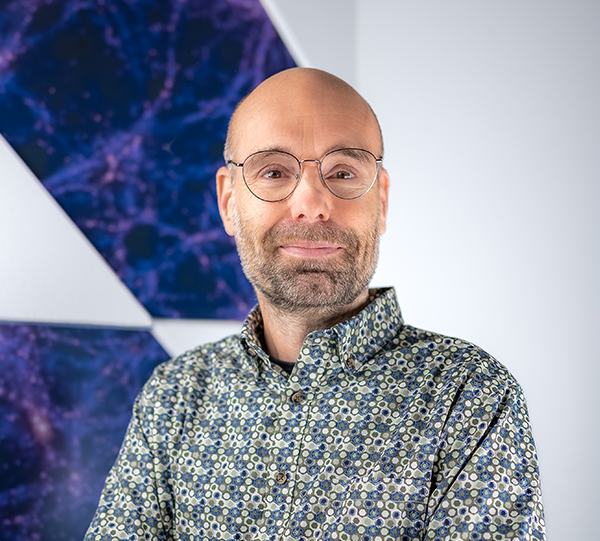Systems Engineering
As a Systems Engineer I bring the technical connection between the different discipline specialists. Through the subsequent phases of a project I make sure all elements of an instrument work optimally together to meet the science requirements within the constraints of the technical budgets. Key elements are a clear requirements specification that is verifiable and proper decomposition to optimise interface and budget management.
Cryogenic THz Heterodyne Detectors
The bulk of my work so far has been on heterodyne detectors. These detectors mix a sky signal with a locally generated signal. The difference between the two frequencies is the IF-signal that can be further processed and analysed with conventional radio techniques. These detectors can reach very high spectral resolution with R~10^6 or more. This allows astronomers not only to determine which atom or molecule they see but to also very precisely measure the conditions there, specifically temperature, density and velocity. I started with the development of the band 3 and 4 SIS-detectors for the Herschel-HiFi space mission. More recently we delivered HEB detectors STO-2 and HEB arrays for GUSTO, both were stratospheric balloon missions that flew from McMurdo, Antarctica.
Interferometry from Space
One of the end goals for heterodyne detectors is interferometry. Here multiple telescopes work together as a single larger telescope with very high spatial resolution. Astronomers can then directly image and study objects like black holes, protoplanetary disks and even exo-planets. The advantage of heterodyne detectors is that the individual signals can be first digitised so that the correlation can be done digitally. This allows for corrections and significantly eases requirements on the full system. Thus it is also the ideal stepping stone towards future direct optical interferometers. Currently we are involved in multiple proposals towards THz space interferometry.



